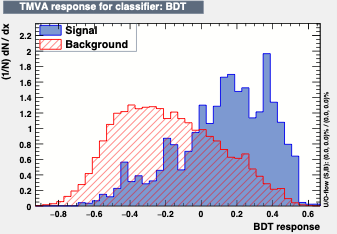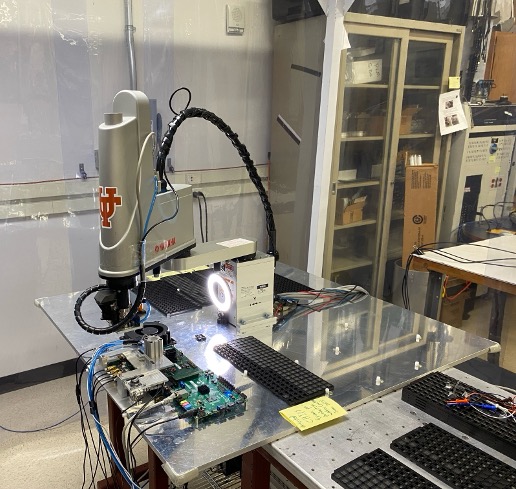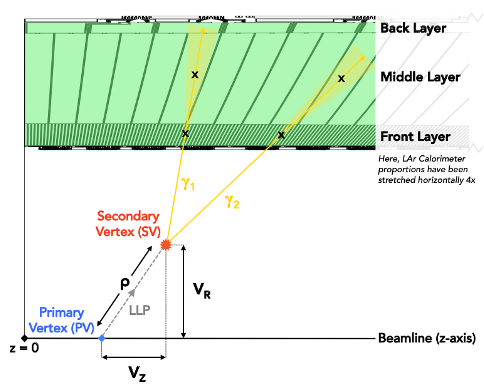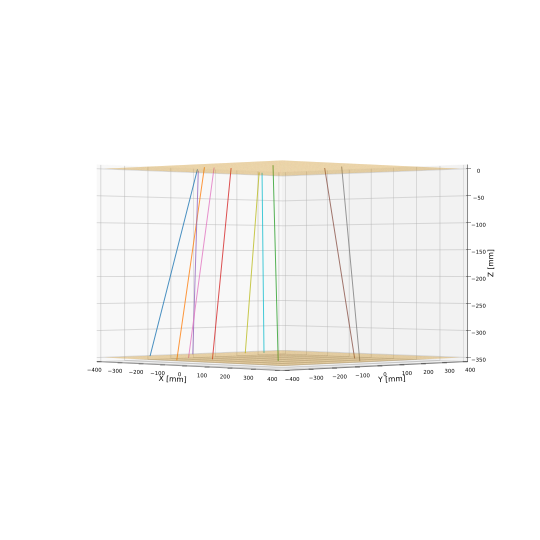
Hi! I'm an Associate Research Scientist at the University of Texas at Austin.
I work on developing and testing custom-designed semiconductor chips for particle collider experiments, and analyzing petabyte-scale particle collision data to search for rare and exotic subatomic particles
Research Projects
My research expertise is in the field of experimental particle physics. As a particle physicist, I work on developing electronics and analyzing particle collision data collected by the ATLAS experiment—one of four large-scale particle detectors at the Large Hadron Collider (LHC) at CERN. In the ATLAS experiment, I am an active member of the Liquid Argon (LAr) calorimeter subsystem which measures the energy and momentum of electromagnetic particles. My research projects are focused on developing custom electronics and analyzing petabyte-scale particle collision data to search for rare and exotic subatomic particles. My current project is on the quality assurance and quality control (QA/QC) of roughly 60,000 custom-designed analog-to-digital converter (ADC) chips. This custom-designed ADC is a crucial part of the upgraded readout electronics for the LAr calorimeter. My work involves developing the quality assurance tests to measure the performance of each ADC chip, analyzing and controlling the yield of tested chips, and archiving the chip performance data into a database. I recently presented my work at the 2024 Topical Workshop for Electronics in Particle Physics (TWEPP) conference. Besides developing and testing hardware, I work on the analysis of particle collision data collected by the ATLAS experiment. For my doctoral thesis I searched for signatures of supersymmetric particles using the LAr calorimeter. The search developed a novel technique to use the calorimeter signals to measure the decay position and the time-of-flight of supersymmetric particles. This novel calo-vertexing technique significantly improved the search for supersymmetric particles and enhanced the detection capabilities of the LAr calorimeter. I have developed several neural networks to enhance the detection capabilities of various particle detectors. Currently, I am working on an improvement of the calo-vertexing technique by developing a DNN to localize the decay vertex of long-lived particles. These are particles which are produced in the primary proton collision and travel through the inner detector systems before decaying in the LAr calorimeter. The DNN is designed to improve the vertex resolution of the long-lived particle decay. I have also developed a CNN to predict the trajectories of particles traversing through the space-based detector "DAMPE".
Publications
- Search in diphoton and dielectron final states for displaced production of Higgs or $Z$ bosons with the ATLAS detector in $\sqrt{s} = 13$ TeV $pp$ collisions
- The Phase-I trigger readout electronics upgrade of the ATLAS Liquid Argon calorimeters
- COLUTA: Custom 8-Channel 40-MSPS ADC for the ATLAS Liquid Argon Calorimeter Readout
- The ATLAS Experiment at the CERN Large Hadron Collider: A Description of the Detector Configuration for Run 3
About Me
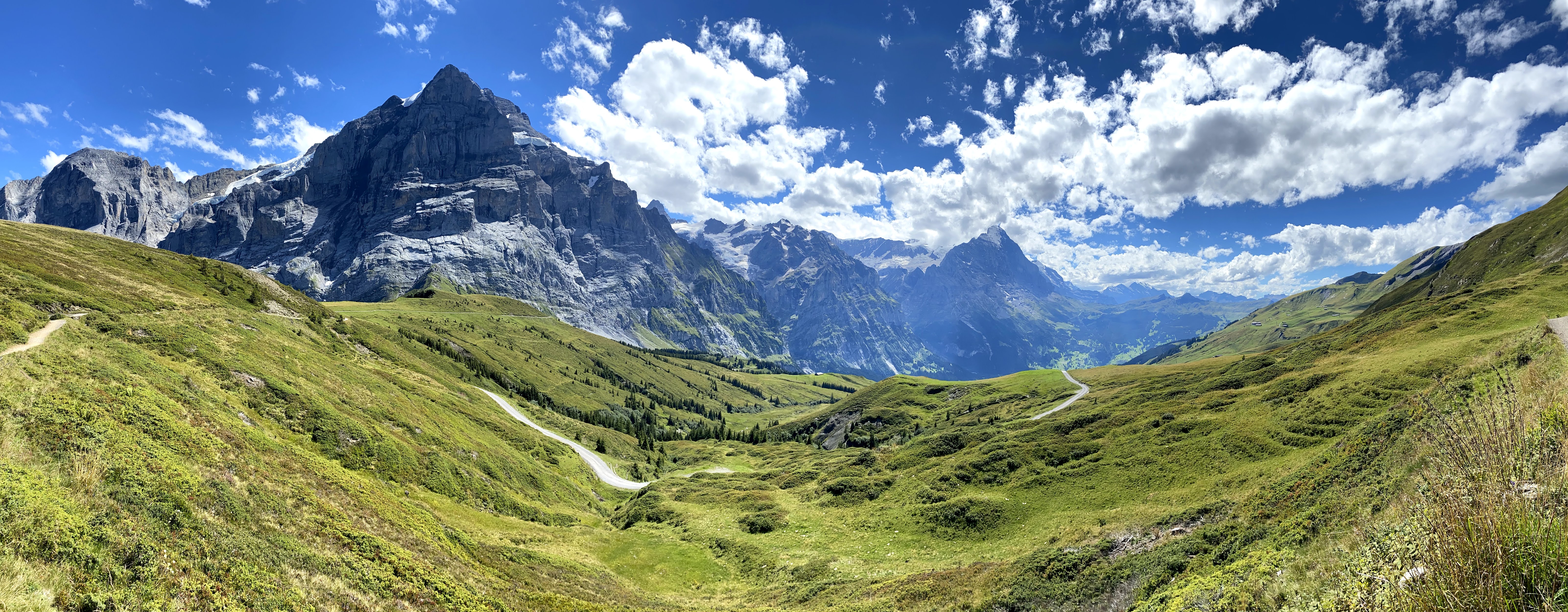
I am a data scientist with a Ph.D. in experimental high-energy physics. I have over six years of experience analyzing petabyte-scale data sets to extract one-in-a-million signal from background and search for rare and exotic subatomic particles. I have extensive experience in data wrangling, statistical analysis, multivariate analysis, and machine learning. I have developed and managed several physics searches over the course of my Ph.D. I have spent three years as a detector coordinator at the Large Hadron Collider (LHC) at CERN in Geneva, Switzerland. As a detector coordinator, I was responsible for overseeing the operations of a large-scale detector to ensure optimal performance in a time-critical environment. As a detector coordinator I had the final word on any decision and action regarding the detector safety and high data-taking efficiency. I also have expertise in presenting physics results to technical and non-technical audiences as well as publishing papers in peer-reviewed journals.
Contact
You can reach me at devanshu.p3@gmail.com

